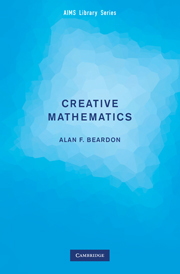
Explores mathematical situations, and problem solving, in the sense of doing research. The problems discussed here are open-ended, and are capable of being generalised far beyond the original question. Beardon explains that a mathematical problem is just one of many related ones that should be simultaneously investigated and discussed at various levels, and that understanding

From Measures to Itô Integrals gives a clear account of measure theory, leading via L2-theory to Brownian motion, Itô integrals and a brief look at martingale calculus. This text is ideal preparation for graduate-level courses in mathematical finance and perfect for any reader seeking a basic understanding of the mathematics underpinning the various applications of

Ordinary Differential Equations introduces key concepts and techniques in the field and shows how they are used in current mathematical research and modelling. It deals specifically with initial value problems, which play a fundamental role in a wide range of scientific disciplines, including mathematics, physics, computer science, statistics and biology. This practical book is ideal for students and

A First Course in Computational Algebraic Geometry is designed for young students with some background in algebra who wish to perform their first experiments in computational geometry. Originating from a course taught at the African Institute for Mathematical Sciences, the book gives a compact presentation of the basic theory, with particular emphasis on explicit computational
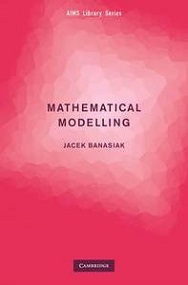
Mathematical Modelling in One Dimension demonstrates the universality of mathematical techniques through a wide variety of application. Learn how the same mathematical idea governs loan repayments, drug accumulation in tissues or growth of a population, or how the same argument can be used to find the trajectory of a dog pursuing a hare, the trajectory
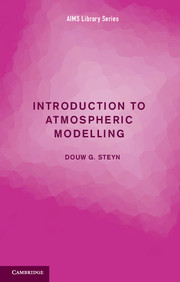
Introduction to Atmospheric Modelling explores the power of mathematics to help us understand complex atmospheric phenomena through mathematical modelling. The author has thoughtfully chosen a path into and through the subject that gives the reader a glimpse of the dynamics underlying phenomena ranging from sea breeze through mid-latitude cyclonic disturbances to Rossby waves, mainly through
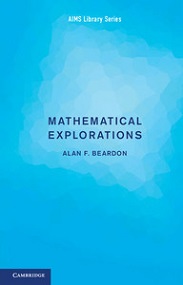
Mathematical Explorations follows on from the author’s previous book, Creative Mathematics, in the same series, and gives the reader experience in working on problems requiring a little more mathematical maturity. The author’s main aim is to show that problems are often solved by using mathematics that is not obviously connected to the problem, and readers
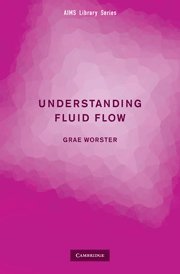
Understanding Fluid Flow takes a fresh approach to introducing fluid dynamics, with physical reasoning and mathematical developments inextricably intertwined. The ‘dry’ fluid dynamics described by potential theory is set within the context of real viscous flows to give fundamental insight into how fluids behave. The book gives a flavour of theoretical, experimental and numerical approaches








